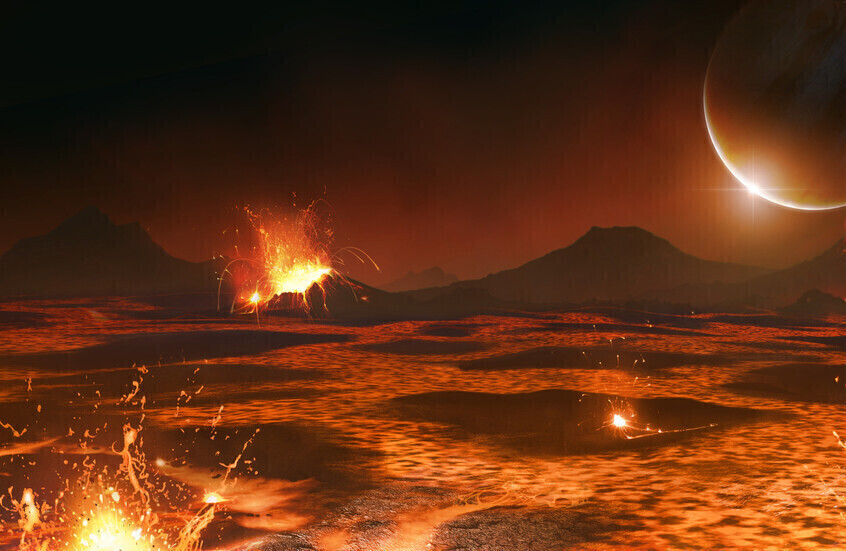Washington - Saba:
NASA's Juno spacecraft has uncovered fascinating new details about Jupiter and its volcanic moon Io.
By peering beneath Jupiter's dense cloud cover and below Io's surface, scientists have developed a more detailed model of the fast-moving jet stream around Jupiter's north pole. Simultaneously, they achieved a groundbreaking milestone by mapping subsurface temperatures on Io, revealing crucial insights into its internal structure and ongoing volcanic activity.
At Jupiter's north pole, Juno found massive storms—some as large as Australia—raging amid winds reaching 160 km/h. These discoveries came after analyzing years of data, which also revealed long-term movements of a giant polar cyclone surrounded by eight other cyclones.
On Io, the most volcanically active moon in the solar system, Juno detected lava flows still retaining heat just beneath the surface crust. These findings, presented on April 29 at the European Geosciences Union General Assembly in Vienna, will help scientists better understand heat transfer mechanisms in planets and moons, influencing weather, volcanic activity, and surface evolution.
Scott Bolton, Juno’s principal investigator, stated: "As Juno’s orbit shifts into new regions of Jupiter’s complex system, we’re getting a closer look at the immense energy of this gas giant."
The team also observed a volcanic eruption on Io during a December 2024 flyby—the most active in the moon’s history—which continued spewing lava and ash until at least March 2. Surprisingly, while Io’s outer crust is cooled, data shows that 10% of its subsurface contains molten lava, explaining its constant surface renewal.
Shannon Brown, a Juno team scientist, explained: "Io’s volcanoes, lava fields, and underground flows act like a car’s radiator, efficiently transferring heat from the interior to the surface, cooling itself in the vacuum of space."
During a recent flyby, Juno used radio occultation to send signals through Jupiter’s thick atmosphere, revealing that the north pole’s air is about 11°C cooler than surrounding areas. Unlike Earth’s hurricanes, Jupiter’s polar storms remain in a chaotic yet organized pattern, with cyclones slowly orbiting a central storm.
Studying Jupiter’s weather, internal dynamics, and moons can enhance our understanding of Earth. Computer models simulating planetary weather systems rely on universal physics, and Juno’s observations help refine these models.
Juno will make another close flyby of Io on May 6, passing within 88,500 km to determine if the massive eruption is still active.

| more of (International) |




